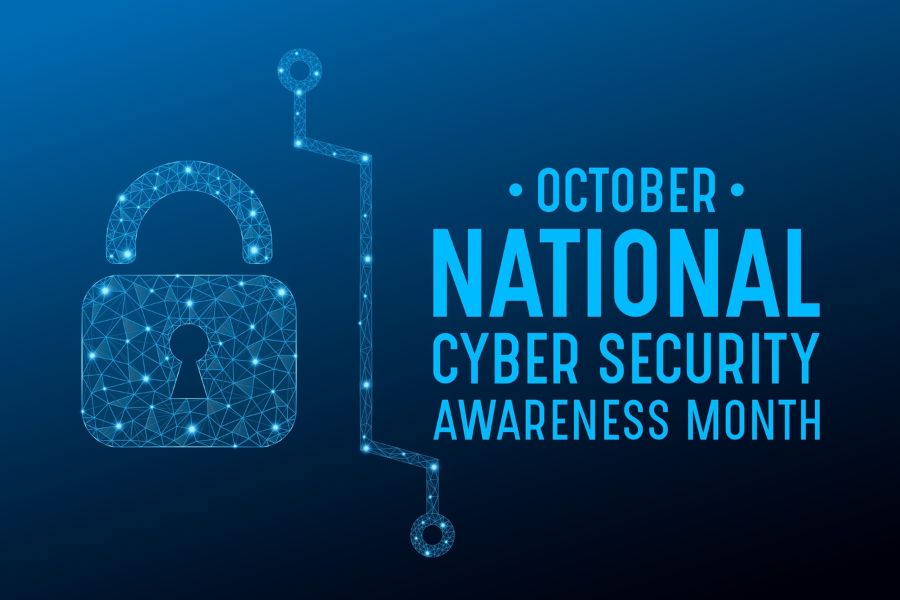Breaking the Silence: How to Report a Cyber Incident and Stop the Attackers in Their Tracks
July 2, 2023, 6 min read
Every second counts when a security breach happens. Compromised accounts can be leveraged for privilege escalation, providing attackers access to more sensitive assets, and malware infections can spread quickly, causing ransomware to wreak catastrophic harm. That’s why you need to learn how to report a cyber incident.
The term “incident response” (IR) refers to a set of procedures for dealing with security incidents like hacks and breaches. A well-defined incident response plan (IRP) can help identify a cyberattack, mitigate its effects, reduce costs, and discover/address the root cause of the attack.
Amid a cyberattack, security professionals must work quickly and efficiently to address the most pressing issues. When a security incident occurs, having a plan in place for how to respond to it ahead of time may mitigate a lot of the negative effects on the business and its reputation.
Here’s a six-step plan that will assist your incident responders get to work as soon as the alarm sounds.
The incident Response Process Consists of Seven Stages
To respond quickly and effectively to a cyber security event, it is crucial to plan and prepare for one in advance. This is not something you want to be doing amid a crisis, because a lack of coordination might quickly lead to disaster. Let’s check that you’ve made the necessary preparations for a crisis. The less damage an incident causes and the faster you get back to work, the better prepared you will be.
When it comes to cyber incident response, the first step is to make a solid IR plan and stick to it. Before a major attack or data breach occurs, you should have a tried-and-true method for responding to incidents in place.
Following the critical detection of a security event, the following incident response steps should be taken, building on the NIST incident response phases:
Team up with Your Colleagues
Having the proper people with the right talents and the corresponding tribal knowledge is crucial. Find someone to take charge of the response team and make sure they know what they’re doing.
If critical decisions, such as temporarily shutting down systems, require immediate action, this individual must have the ability to communicate directly with upper management.
Your company’s security operations center (SOC) staff or managed security consultants might suffice in handling an incident if your company is small or the situation is not particularly severe.
However, when dealing with major incidents, you should involve other departments like HR and corporate communications while informing your SOC center.
If you have assembled a CSIRT (Security Incident Response Team), now is the moment to deploy all of the designated technical and non-technical experts you have on hand.
If a breach potentially leads to litigation or if public notification and corrective action are necessary, you should contact legal counsel promptly.
Find the Origin and Figure it Out
The incident response team you’ve put together must first determine what caused the breach before they can stop the bleeding.
There is a wide range of ways in which security professionals can learn that an event is happening or has happened.
Internal indicators of a security incident are reported by users, system administrators, network administrators, security personnel, and others.
Security products like SIEMs can generate alerts by examining log data. The software that employs hashing techniques to check for file changes is called file integrity checking.
- Malware prevention software
- Audit logs and other logs should be routinely reviewed for unusual or suspicious behavior
- Users
- Distant archiving
- Temporal recall
- Hardware in a network
- Methods of Operation
- Hosted solutions
- Applications
Limit and Restore
A breach in security is like a wildfire. When an occurrence has been located and its cause identified, it is essential to contain the damage. This involves disabling network access for infected devices to quarantine them and applying security patches to resolve malware issues and network vulnerabilities. Additionally, users with compromised accounts may need to change their passwords, and you may need to disable access to the accounts of any insiders who could potentially be responsible for the event. Your team should back up all compromised systems to facilitate their restoration to the original state for forensic analysis.
The next stage is to restore the service, which consists of two main parts:
Validate and test your network and systems to ensure they are fully functional.
Recertify as safe and functional any compromised part.
As part of a long-term containment strategy, you should close off or delete user accounts and backdoors that allowed the breach, as well as restore all systems to production so that business can resume as usual.
Determine the Extent of the Damage
It might be hard to assess the full scope of harm inflicted by an occurrence until the dust settles. Was it, for instance, the consequence of an outside attack on servers that may bring down essential business components like online stores or reservation systems? Is it possible that an attacker used a web server as a backdoor to access sensitive data or even take over the server itself by, say, injecting malicious SQL queries into the database of a web application? When a vital system is compromised, the issue must be escalated and a response team must be activated promptly.
In most cases, you should try to figure out what went wrong. If an external attacker or malicious insider succeeds, treat the occurrence as more serious and take appropriate action. Consider the benefits and drawbacks of conducting a full-scale cyber attribution study at the appropriate moment.
Start Sending out Announcements
A data breach happens when someone inappropriately accesses, copies, communicates, views, steals, or uses sensitive, protected, or confidential information. If such a breach occurs, you must notify the public per privacy laws like GDPR and California’s CCPA. Those who have had sensitive financial or personal information compromised should be notified so they can take preventative measures. Before a security incident occurs, you can learn how to write a letter of notification by reading this post on our blog.
Do What You can to Ensure This Doesn’t Happen Again
After a security breach, when things calm down, it’s time to examine and learn from the experience to prevent its recurrence. Some examples of such measures include deploying new technology to better monitor insider threats, educating staff on how to recognize and avoid phishing attacks, and fixing servers that have security flaws. Any security holes or vulnerabilities discovered in your post-incident actions will be fixed.
In addition, you should train your personnel on the new security measures you’ve implemented after reviewing the incident’s lessons. Implement a company-wide policy and training program that teaches employees how to recognize and respond to phishing emails. For example, if an unwitting employee opens an Excel file as an email attachment, they should know how to handle the situation effectively.
Finally, make sure your security incident response plan is up to date and reflects these new precautions.
Eradicate the Problem and put the Systems back to How They Were Before the Incident
Keep a tight chain of custody on all evidence you collect. Collect any relevant data, including audits, memory dumps, network traffic, and disc pictures. Inadequate evidence collection hinders digital forensics, preventing a thorough follow-up probe. Get rid of the security flaw so the attacker can’t get back in. Systems must be patched, network access must be cut off, and compromised accounts’ passwords must be changed. It is important to trace the attack’s steps in order to strengthen security and prevent future breaches by creating a root cause identification as part of the elimination process. Check for more flaws by conducting a vulnerability study.
Conclusion
Organizations can define response countermeasures in advance with the use of an incident response methodology. The methods used in IR can be classified as diverse. The NIST-recommended six-step incident response process, which includes incident preparation, detection and analysis, containment, elimination, recovery, and post-event audits, has widespread support among security experts.
Many businesses use a combination of policies that automate certain processes, assessment checklists, and detailed incident response plans, which they condense into actionable playbooks. While a well-planned incident response approach is essential, it should also be adaptable for continuous improvement.































